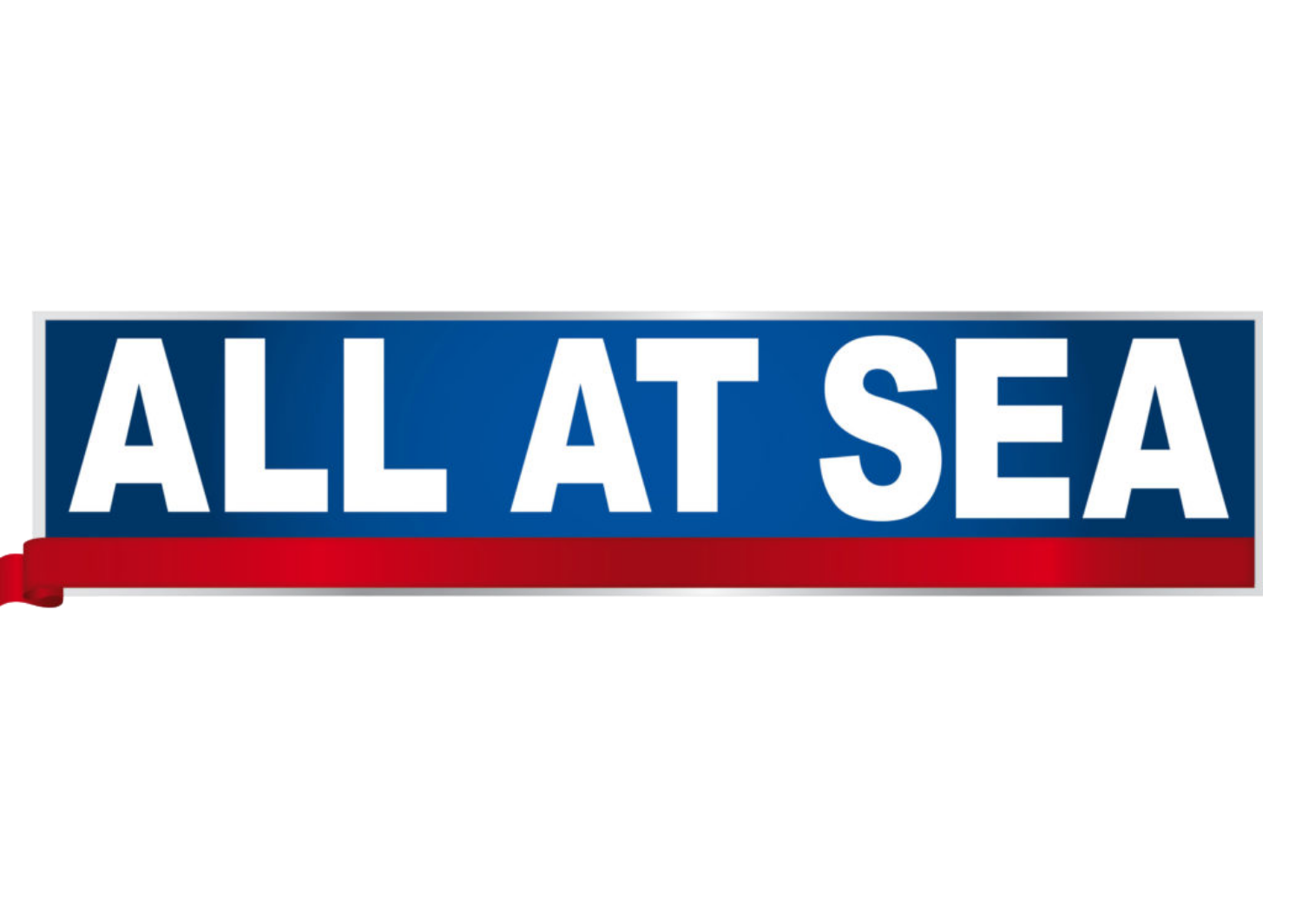Sailing across an ocean is at the top of the bucket list for many sailors. Not only does each crossing offer the chance to sail between profoundly different places and experience a pure detox away from day-to-day life (I think we could all do with some of that right now!), but it also is a real test of all-round seamanship.
Even on the most benign of crossings, the number of problems that you may encounter en route is limitless. So, the key to a safe crossing is to control factors that you can and be prepared for those that you can’t. And preparation comes in many forms, including preparing how you’re going to route across the ocean.
For all bar one of my 10 ocean crossings, I have enlisted the services of a professional weather router. The router acts as my eye in the sky, gives guidance on what weather can be expected and what route to sail to have the best chance of achieving the objective of the crossing. The one time I didn’t have the luxury of a professional weather router was the one time my crew and I were caught out by a Tropical Revolving Storm. A situation that I am very keen not to repeat and why all of Kraken Travel’s ocean crossing use professional routing services!
How weather routers work
The first stage of planning your routing is to lay out the objectives for your crossing. Is it a race? Do you need to cross in the quickest time possible and keep a tactical view of the whole fleet? Or do you just want a safe and slow crossing? What’s the ability of your crew? How well equipped is your yacht for oceans?
British Sailing Team meteorologist, Simon Rowell, mentioned “I recently routed a 60m superyacht West-East across the Atlantic. As they had 150,000 litres of fuel onboard and wanted to preserve their sails, I guided them up the middle of a ridge all the way to Gibraltar. Throughout the whole passage, they saw a max wind speed of about 10kts and had no issues burning through all of their fuel.” However, most people are aiming for a fast but safe passage where you motor as little as possible.
Once you’ve picked your router, they will advise you on the next steps. For me, this has usually involved either a face to face meeting or video call to discuss the objectives when first planning your crossing. After this, I give the router as much information as possible about the boat and crew and usually include:
- What sails we have onboard and if possible, the polar charts (these are graphs showing how the yacht performs under each sail in various wind strengths and angles)?
- What winds angles the yacht performs well/comfortably in?
- How experienced the crew are and my expectation of their performance in certain situations. For instance, are they likely to shut down if things get gnarly? Will sailing rather than motoring through wind holes drive them insane?
- What are the watch systems and daily routine likely to be?
- What is the strategy for sailing at night? Is it sailing for comfort, or not taking the foot off the gas?
- And finally, how hard I’m prepared to push the yacht and crew?
About 10-days before departure, I’ll have another call with the router. We’ll look through current conditions, what the medium-term forecast models are looking like and finalise the plan and how we’ll communicate during the passage. This call will usually be repeated the day before departure.
Once at sea, the weather router will email the boat a forecast and a suggested waypoint to head towards. Daily emails or calls back from the boat are really important, as they allow the router to see if the weather is panning out as the models suggest, and also to make sure the skipper agrees with what is being recommended.
Simon added “There is a lot I don’t know – the exact swell angle, the fact that the number 2’s just blown, etc. So, if the skipper says it’s not working and they’ve done X instead, then I change my thinking accordingly.
Most professional skippers are a lot better at weather than they think they are (they’ve all been rained in a lot) so I try and present them with a complete but concise picture to help them navigate their boat to suit their requirements.”
During the passage, it’s essential to trust your router and their professional ability, but also to be transparent in communications and air any concerns. On a recent crossing, when we had times of doubt that our strategy would work, we had a mantra of “in the router we trust”. This faith in an outsourced weather advice source has the ability to deescalate tension on board as you can always rely on the router being able to see a bigger picture.
And finally, be realistic. “One lovely chap who I’ve done quite a lot for did ask when I first met him and his wife before their semi (so far) circumnavigation ‘If we use you can you guarantee no bad weather?’. My reply was a firm but diplomatic, no!”
Thank you, Simon Rowell, for the insights into being on the other side of the satellite phone!

















